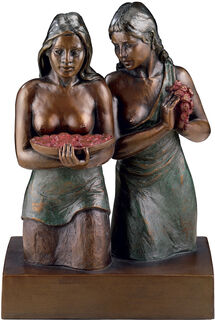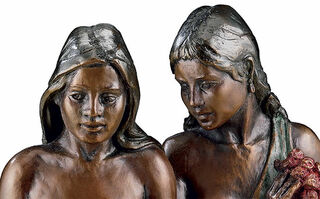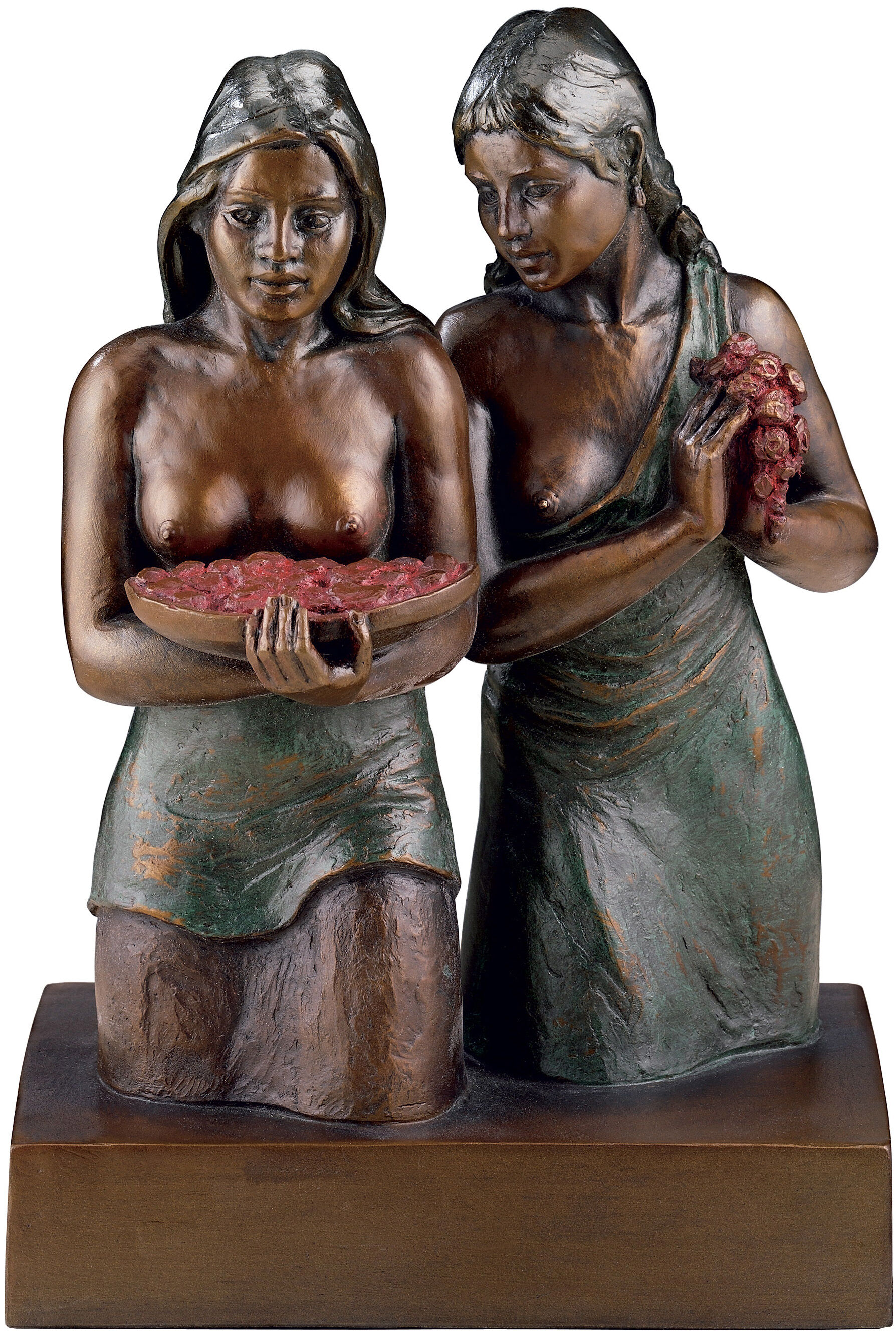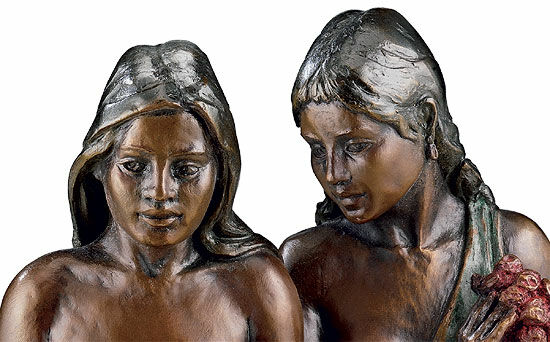Sculpture "Deux Tahitiennes", bonded bronze
Sculpture "Deux Tahitiennes", bonded bronze
Quick info
ars mundi Exclusive Edition | bonded bronze | patinated | height 22 cm
Detailed description
Sculpture "Deux Tahitiennes", bonded bronze
Original: The Metropolitan Museum of Art, New York.
ars mundi sculpture model after the 1899 painting. Hand patinated polymer-bonded bronze, cast by hand. Height 22 cm. Exclusively at ars mundi.
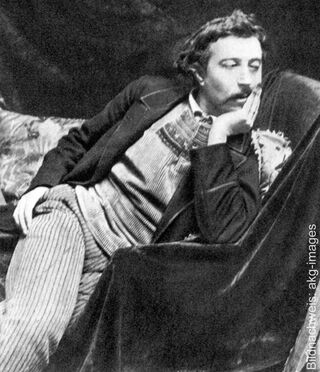
About Paul Gauguin
1848-1903
Paul Gauguin was a french painter, sculptor, ceramicist and graphic artist. He made a fundamental contribution to 20th-century art by developing form and colour as expressive values.
It was not until 1872 that the Parisian stockbroker Paul Gauguin, who was born here on 7 June 1848, discovered his interest in painting through his friend Claude-Emile Schuffenecker. Gauguin began to collect the works of the Impressionists and studied painting at the Académie Colarossi in Paris. He met the Impressionists Pissarro and Cézanne, worked and exhibited with them. In the artist's colony of Pont-Aven, he met Bernard and in Paris Degas and the van Gogh brothers.
In 1890 Gauguin decided to emigrate, sold his paintings and set sail for Tahiti on 1 April 1891. However, illness and impoverishment forced him to return to Paris in 1893.
In 1895, he said goodbye to his five children and his danish wife, whom he had already married in 1873, and left Paris for good. The following eight years in the South Pacific were again marked by illness and money worries, which weighed so heavily on him that he wanted to return to Paris. But his patrons in France advised him to not return, for not wanting to destroy the myth of the South Pacific painter.
The pictures he regularly sent to his art dealer Vollard show an exotic world of foreign culture and seemingly happy, unselfconscious people: the thought-to-be-lost paradise. His late work, painted in Tahiti, is full of colour intensity, harmony and beauty, and gives no hint of Gauguin's painful years until his death on 8 May 1903 in Atuona Hiva-Oa on the Marquesas island of Dominique.
Graphic or sculpture edition that was initiated by ars mundi and is available only at ars mundi or at distribution partners licensed by ars mundi.
The style of Impressionism, which emerged in French painting around 1870, owes its name to Claude Monet's landscape 'Impression, Soleil Levant'. After initial rejection, it began a veritable triumphal procession.
Painters such as Claude Monet, Edgar Degas, Edouard Manet, Auguste Renoir and others created motifs from everyday life, urban and landscape scenes in bright, natural light.
Impressionism can be seen as a reaction to academic painting. The emphasis was not on content with its strict rules of painting structure, but on the object as it appears at any given moment, in an often random cut out. The reality was seen in all its variety of colours in natural lighting. The Studio painting was replaced by open-air painting.
Through the brightening of the palette and the dissolution of firm contours, a new approach to colour emerged. In many cases, the colours were no longer mixed on the palette but side by side on the canvas so that the final impression lies in the eye of the viewer with a certain distance. In "Pointillism", (with painters such as Georges Seurat or Paul Signac) this principle was taken to the extreme.
Outside France, Impressionism was taken up by painters such as Max Slevogt, Max Liebermann and Lovis Corinth in Germany, and by James A. M. Whistler in the United States.
However, Impressionism was only expressed to a limited extent in the art of sculpture. In the works of Auguste Rodin, who is considered one of the main representatives, a dissolution of surfaces is evident, in which the play of light and shadow is included in the artistic expression. Degas and Renoir created sculptures as well.
Bronze powder is polymer-bonded. Special polishing and patination techniques give the surface of the casting an appearance similar to the bronze.
A plastic work of sculptural art made of wood, stone, ivory, bronze or other metals.
While sculptures from wood, ivory or stone are made directly from the block of material, in bronze casting a working model is prepared at first. Usually, it is made of clay or other easily mouldable materials.
The prime time of sculpture after the Greek and Roman antiquity was the Renaissance. Impressionism gave a new impulse to the sculptural arts. Contemporary artists such as Jorg Immendorf, Andora, and Markus Lupertz also enriched sculptures with outstanding works.

